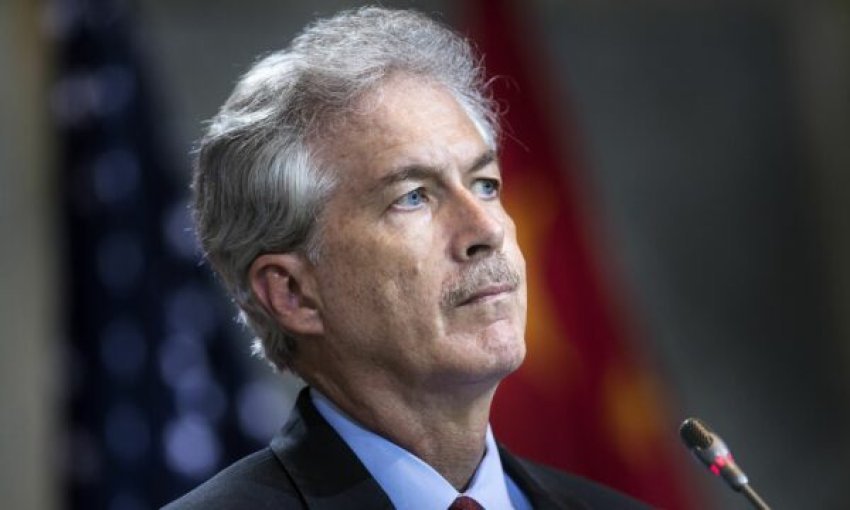The Director of the U.S. Central Intelligence Agency (CIA), William Burns, concluded an unannounced trip to the region with a two-day visit to Kosovo.
After visiting Bosnia and Herzegovina and then Serbia, Burns arrived in Kosovo, where he held meetings with state leaders and the head of Kosovo’s intelligence agency.
The visit was considered historic, as the security and intelligence institutions, as well as the Government of Kosovo, were said to be committed to advancing cooperation with the CIA.
“Within the White House Program to Share America’s Secrets,” was the title of a Time magazine article in February, describing the events of September 27, when Serbian forces gathered near the border with Kosovo.
At that time, the United States had sounded the alarm, demanding that Belgrade withdraw its troops and artillery positioned around the border with Kosovo.
The Serbian movement came just three days after the terrorist attack in Banjska, Zveçan, where a group of armed Serbs led by Milan Radoičić attacked Kosovo Police, killing Sergeant Afrim Bubjaku.
However, before the U.S. response, the institutions were alerted by the CIA. Time magazine quoted an official from the American National Security Council (NSC).
“On the afternoon of September 27, a Balkans expert at the White House received a disturbing phone call from an American intelligence agency. Serbian forces were gathering along their border with Kosovo, where NATO has maintained an uneasy peace since the bloody war for independence in 1999. Three days earlier, a group of armed Serbs had killed a Kosovo police officer in an attack. Now Serbia was deploying heavy weaponry and troops. We were very concerned that Serbia might be preparing to launch a military invasion.”
The question was what to do about it. Months of rising tensions in a remote corner of Southeastern Europe had not garnered much media attention. Diplomatic efforts by the United Kingdom, Italy, and other countries with troops on the ground in Kosovo had failed to calm the situation. In Washington, attention was focused on the chaos in Congress; in much of Europe, the top priority was maintaining continued support for Ukraine. Thus, as part of an effort to pressure Serbia to withdraw, U.S. National Security Advisor Jake Sullivan approved a request from his team in Europe to declassify elements of the Serbian buildup for public release.
The NSC Intelligence Directorate edited the classified details of the buildup to obscure the sources and methods behind the intelligence. It then sent the request to the Office of the Director of National Intelligence (ODNI) in Northern Virginia via classified email. On September 29, after a two-day scramble to clear the declassification, NSC spokesman John Kirby held an unscheduled Zoom meeting with members of the White House press corps. Kirby provided new information on the September 24 attack on the Kosovo police officer and broke the news about the latest Serbian deployment, revealing it included advanced artillery, tanks, and mechanized infantry units. As coverage increased, European countries joined the U.S. in exerting new diplomatic pressure on the Serbs, and the United Kingdom announced an additional troop deployment to Kosovo. Within days, Serbian troops were withdrawing.
The declassification and release of Serbian troop movements is an example of a new White House approach to using intelligence that has been heightened by the U.S. response to the war in Ukraine. Beginning in the fall of 2021, as U.S. spies became convinced that Russia was preparing to invade, Sullivan worked with Director of National Intelligence Avril Haines and CIA Director William Burns to lower the profile of classified details on Moscow’s movements.







